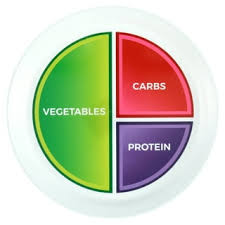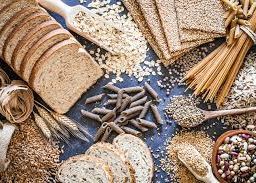
Effective Strategies for Blood Sugar Control: Managing Your Diabetes
Taking charge of your health involves keeping a close eye on a key player: blood sugar control. Whether you have diabetes or are simply aiming for a healthier lifestyle, understanding how to manage your blood sugar is crucial. In this guide, we break down the basics in everyday language, offering practical tips and insights to help you navigate the path to better blood sugar control and overall well-being.

There are some general recommendations regarding the serving sizes and consumption patterns of fruits and vegetables for individuals with diabetes to maintain blood sugar control and enhance insulin sensitivity. Here are a few guidelines:
1. Portion control: It’s important to be mindful of portion sizes to manage blood sugar levels effectively. A good starting point is to aim for about 15 grams of carbohydrates per serving.
2. Choose low glycemic index (GI) fruits: Low GI fruits impact blood sugar levels less compared to high GI fruits. Some examples of low GI fruits include berries, cherries, apples, and pears. Limit or avoid high GI fruits like watermelon, pineapple, and ripe bananas.
3. Aim for variety: Consuming a wide range of fruits and vegetables ensures a diverse nutrient intake and helps meet different nutritional needs. Include a mix of colors, such as leafy greens, red and orange vegetables, and various types of berries, to get a good balance of vitamins, minerals, and fiber.
4. Spread out consumption: Instead of consuming a large amount of fruits or vegetables in one sitting, it is helpful to spread out the intake throughout the day. This can prevent a sudden spike in blood sugar levels.
5. Consider individual tolerance: Each person with diabetes may have different responses to fruits and vegetables, so it is essential to monitor blood sugar levels after consuming different types and portions of produce to understand personal tolerances.
6. Balance with other food groups: Combining fruits and vegetables with other food groups can help slow down the absorption of sugars and promote better blood sugar control. Pairing fruits or vegetables with a source of protein or healthy fat can be beneficial.
7. Consult a healthcare professional: It is always recommended to consult with a registered dietitian or a healthcare professional specialized in diabetes management for personalized recommendations based on individual needs and medical conditions.
Remember, dietary choices should be personalized, taking into account individual circumstances, preferences, and any other medical conditions or medications.
Disclaimer: This post is intended solely for informational purposes and does not constitute medical advice. Always consult with a qualified healthcare professional for personalized guidance regarding your specific health situation.
















